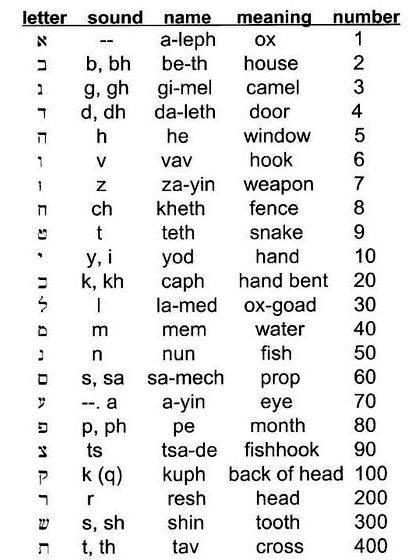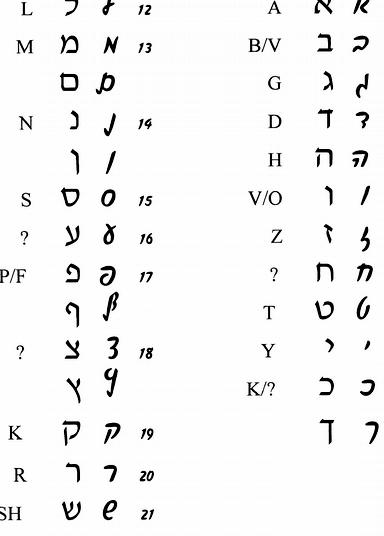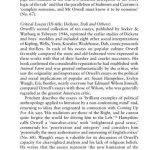Hebrew is a member of the Canaanite group of Semitic languages. It was the language of the early Jews, but from 586 BC it started to be replaced by Aramaic. By 200 AD use of Hebrew as an everyday language had largely ceased, but it continued to be used for literary and religious functions, as well as a lingua franca among Jews from different countries.
Hebrew at a glance
- Native name. עברית [ʔivˈʁit / ʕivˈɾit]
- Linguistic affliation. Afro-Asiatic, Semitic, Central Semitic, Northwest Semitic, Canaanite
- Number of speakers. c. 7.4 million
- Spoken in. mainly Israel, and also in Argentina, Australia, Brazil, Canada, France, Germany, Palestinian West Bank and Gaza, Panama, the UK and USA
- First written. 10th century BC
- Writing system. Hebrew script
- Status. official language in Israel; recognised minority language in Poland
During the mid-19th century the first efforts were made to revive Hebrew as a everyday language. One man who played a major role in these efforts was Eliezer Ben Yehuda (1858-1922), who was the first to make exclusive use of Hebrew in his home, and encouraged the use of Hebrew among others, as well as its use in schools.
Today Hebrew is spoken by some 5 million people mainly in Israel, where it is an official language along with Arabic. and a further 2 million people speak the language in Argentina, Australia, Brazil, Canada, France, Germany, Palestinian West Bank and Gaza, Panama, the UK and USA.
Hebrew alphabet
The first alphabet used to write Hebrew emerged during the late second and first millennia BC. It is closely related to the Phoenician alphabet. The modern Hebrew alphabet was developed from an alphabet known as Proto-Hebrew/Early Aramaic.
Notable features
- Type of writing system: abjad
- Direction of writing: right to left in horizontal lines.
- Number of letters: 22 consonants, plus final letters and diacritics
- Used to write: Hebrew, Judeo-Arabic. Ladino. Yiddish and many other Jewish languages.
- Some letters (kaf, mem, nun, fe and tzadi) have a final form (sofit), which is used when they appear at the end of a word.
- There are no separate numerals in Hebrew, instead standard western numerals (1, 2, 3, etc) are used.
- Long vowels can be indicated by the letters alef. vav. and yod. Short vowels are not usually marked, except in the Bible, poetry and books for children and foreign learners.
The Hebrew script
Modern Israeli pronunciation
Notes
- h et is officially pronounced [ħ], but many people pronounce it [x]
- ʻayin is officially pronounced [ʕ], but many people pronounce it [ʔ]
Hebrew vowel points / Niqqud (נִקּוּד טְבֶרְיָנִי)
This system of indicating vowels was devised by the Masoretic scholars in Tiberias in around 750 AD. It is known as Tiberian vocalization, Tiberian pointing, or Tiberian niqqud, or נִיקוּד טְבֵרִיָנִי in Hebrew.
Modern Cursive Hebrew script
Biblical Hebrew (עִבְרִית מִקְרָאִית) / Classical Hebrew (עִבְרִית קְלַסִּית)
Biblical or Classical Hebrew is the form of Hebrew used in Israel and Judah from about the 10th century BC until the 2nd century AD.

Texts include the Hebrew Bible, and other religious and historical writings. It was written without vowel indication at first, and over time some consonants, known as matres lectionis. came to be used to indicate vowels.
Biblical Hebrew was first written with the Phoenician script, which developed into the Paleo-Hebrew script by the 10th or 9th century BC. By the 6th century BC the Aramaic script began to replace the Paleo-Hebrew script.
Tiberian Hebrew
This is the reconstructed pronunciation of the Hebrew used between 750-950 AD by Masoretic scholars living in the Jewish community of Tiberias in ancient Judea.
Rashi
The Rashi style is used mainly to write commentaries on texts. It is named after Rabbi Shlomo Yitzchaki (1040-1105 AD) a.k.a. Rashi, one of the greatest medieval Jewish scholars and bible commentators. Rashi did not use the Rashi sytle to write his commentaries but it is named in honour of him.
Download
Download a Hebrew alphabet chart in Word or PDF format
Sample texts in Hebrew
Without vowels (Serif font – David)





 Business english lesson plans writing emails in english
Business english lesson plans writing emails in english The writing on my forehead by nafisa haji
The writing on my forehead by nafisa haji Workcover domestic assistance guidelines for writing
Workcover domestic assistance guidelines for writing My ontario writing portfolio clip
My ontario writing portfolio clip Dialogue writing between shopkeeper and customer in marathi goat
Dialogue writing between shopkeeper and customer in marathi goat






